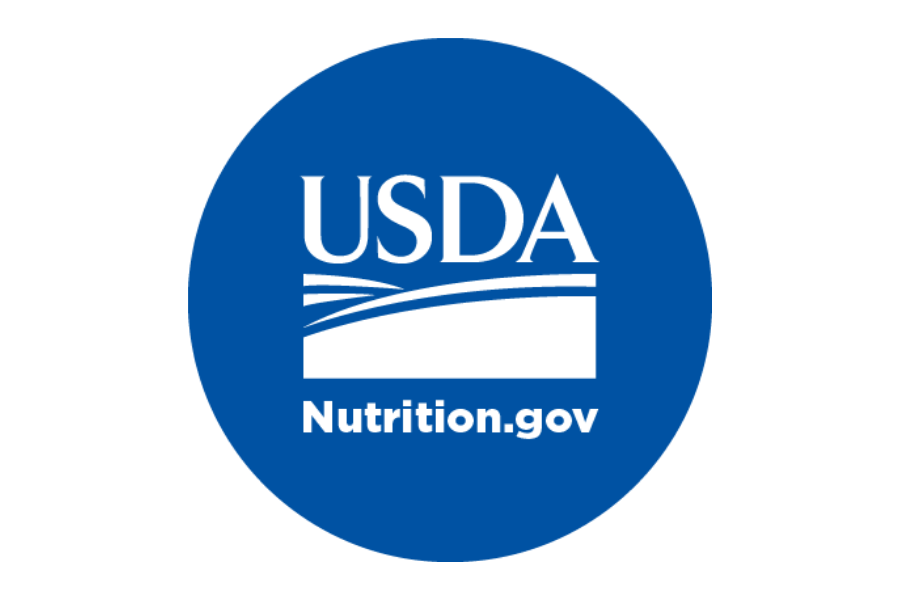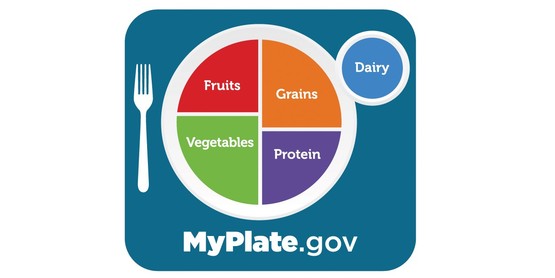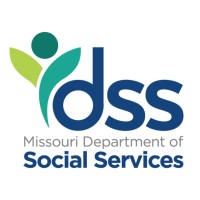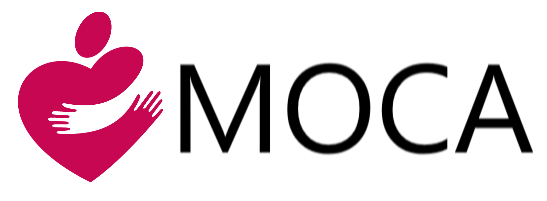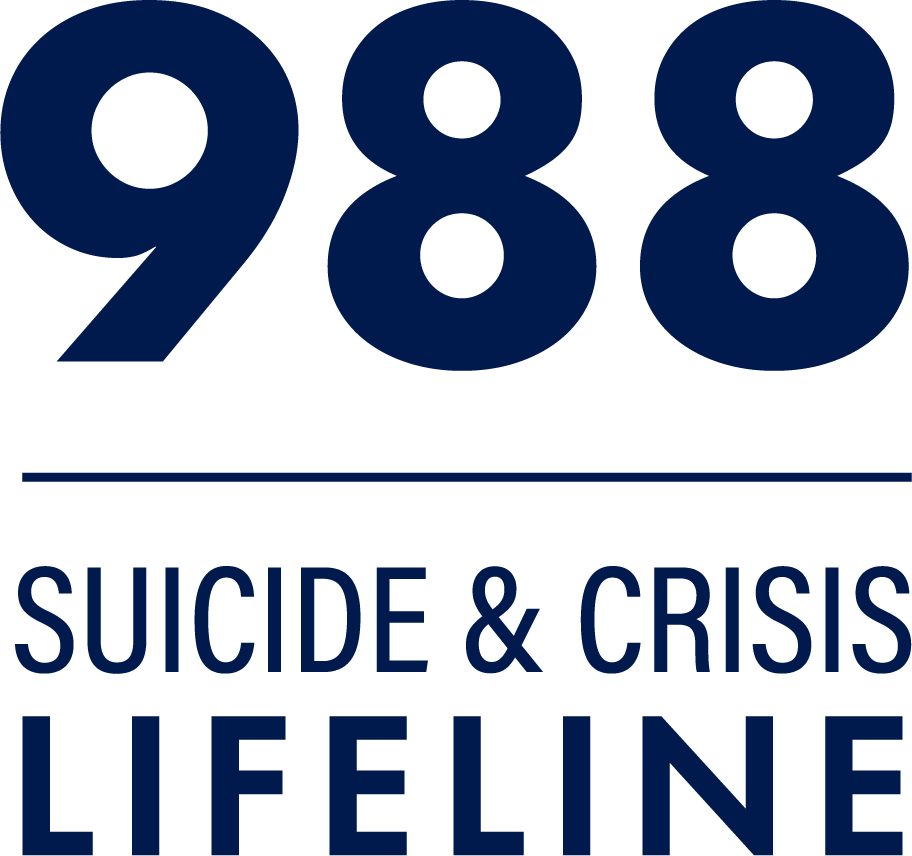Safer
Communities
HIV
MAT
Education
CHW
Behavioral Health
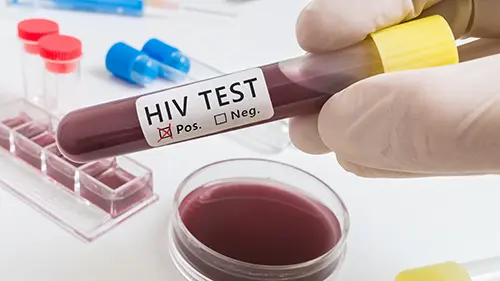
Who should get tested for HIV?
The Centers for Disease Control and Prevention (CDC) recommends that everyone 13 to 64 years of age get tested for HIV at least once as part of routine health care. Generally, people at higher risk for HIV should get tested each year. Sexually active gay and bisexual men may benefit from getting tested more often, such as every 3 to 6 months. If you are over 64 years of age and at risk, your healthcare provider may recommend HIV testing.
Factors that increase the risk of HIV include:
- Having vaginal or anal sex with someone who is HIV positive or whose HIV status you do not know.
- Injecting drugs and sharing needles, syringes, or other drug equipment with others.
- Exchanging sex for money or drugs.
- Having a sexually transmitted disease (STD), such as syphilis.
- Having sex with anyone who has any of the HIV risk factors listed above.
PEP may be prescribed for people who are HIV negative or do not know their HIV status, and who in the last 72 hours:
- May have been exposed to HIV during sex
- Shared needles or other equipment (works) to inject drugs
- Were sexually assaulted
- May have been exposed to HIV at work (occupational exposure)
Facts about HIV
- HIV can take 10 years or more to show any symptoms.
- “Black people, in general, have a higher risk of HIV infection than any other racial or ethnic group.”
- According to the Centers for Disease Control and Prevention, adolescents (13 to 19 years of age) and young adults (20 to 24 years of age) accounted for 19% of the 36,189 HIV diagnoses in the United States and dependent areas in 2021.
- PrEP medications can be prescribed by the pediatrician and are also available through many local health departments.
- Within 2 to 4 weeks after infection with HIV, some people may have flu-like symptoms, such as fever, chills, or rash. The symptoms may last for a few days to several weeks. Other possible symptoms of HIV include night sweats, muscle aches, sore throat, fatigue, swollen lymph nodes, and mouth ulcers.
- In older people, signs of HIV may be mistaken for symptoms of aging or of age-related conditions. Consequently, testing to diagnose the condition may not include HIV testing.
- The Centers for Disease Control and Prevention (CDC) recommends that everyone 13 to 64 years of age get tested for HIV at least once as part of a routine health care exam, and that people at higher risk for HIV get tested more often.
- HIV is more likely to be diagnosed at an advanced stage in many older people. According to an HIV Surveillance Supplemental Report from CDC, in 2021, 34% of people aged 55 and older in the U.S. already had late-stage HIV (AIDS) when they received a diagnosis.
- HCV is spread mainly through contact with the blood of a person who has HCV. In the United States, HCV is spread mainly by sharing needles or other injection drug equipment (works) with someone who has HCV.
Helpful Links
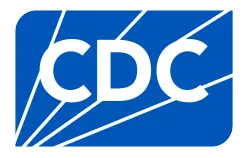
Learn More About HIV

Getting Tested for HIV
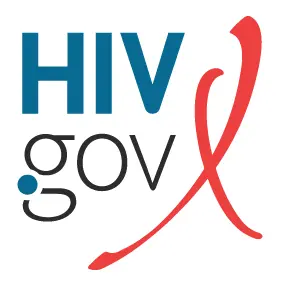
HIV Testing Sites & Care Services Locator

HIV Treatment as Prevention
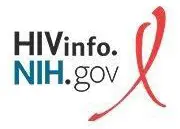
Information on HIV/AIDS Treatment
MAT
Medication-Assisted Treatment
Addiction to drugs and alcohol is a disease. Medication-assisted treatment (MAT) is the use of medications, such as Suboxone, in combination with counseling and behavioral therapies, to provide a “whole-patient” approach to the treatment of substance use disorders. Research shows that a combination of medication and therapy can successfully treat these disorders, and for some people struggling with addiction, MAT can help sustain recovery. MAT is clinically driven with a focus on individualized patient care. MAT for opioid use disorder in particular is the safest approach to care and is considered the best practice in the treatment of most patients including pregnant women.
Using Alone?
The Never Use Alone hotline connects you to someone who stays on the line while you use. If you become unresponsive, they will call for a first responder.







